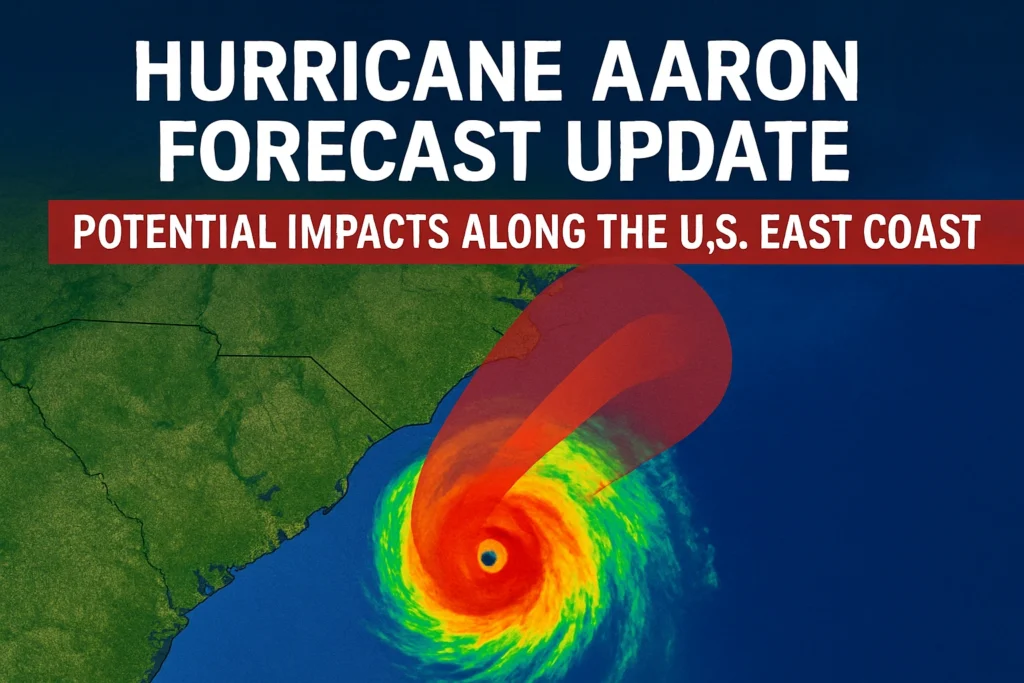
As we head into the weekend of August 16, 2025, all eyes are on Hurricane Aaron, which officially strengthened into a hurricane earlier today. Forecast models and satellite imagery confirm that Aaron will continue intensifying, potentially reaching Category 4 strength by early next week with sustained winds of at least 130 mph.
While landfall in the U.S. remains uncertain, Aaron’s size and track mean that rough surf, rip currents, and potential storm surge will be a concern up and down the eastern seaboard.
Satellite loops reveal that while pockets of dry air have briefly slowed development, the storm is now creating its own environment. With warm ocean waters (83–84°F) and low wind shear expected through Monday, conditions are ideal for rapid strengthening.
Meteorologists often examine historical storm tracks to gauge potential paths. Looking at storms that formed in similar locations during August and September:
Currently, Florida appears unlikely to experience direct impacts, though rough surf is expected. The greater concern lies with North Carolina’s Outer Banks and coastal Virginia, which could face hurricane conditions if Aaron tracks within 100 miles of shore.
Even without a direct landfall, Aaron’s size will generate hazardous coastal conditions:
Forecast confidence hinges on when Aaron makes its northward turn:
Long-range models differ, with the American model suggesting a safer turn east. In contrast, the European model keeps Aaron closer to the coast.
This system is still evolving, and small changes in track could mean significant differences in impacts. Stay alert to official updates throughout the weekend.
At this time, Florida is not expected to see a direct landfall. However, rough surf and rip currents are likely along the east coast of Florida through next week.
Forecasts suggest Aaron could reach Category 4 status with winds of 130–140 mph by early next week.
The Outer Banks of North Carolina and parts of coastal Virginia are most at risk if Aaron tracks closer to shore. Even without landfall, hazardous surf will extend along much of the U.S. East Coast.
Sunday into Monday (Aug 17–18, 2025) will be the key time frame. If Aaron delays its northward turn, coastal North Carolina could face more direct impacts.
Yes — even without direct landfall, rough surf, rip currents, and coastal hazards are expected along the Northeast U.S. and Atlantic Canada late next week.